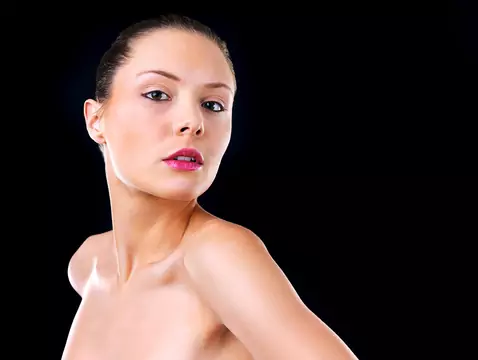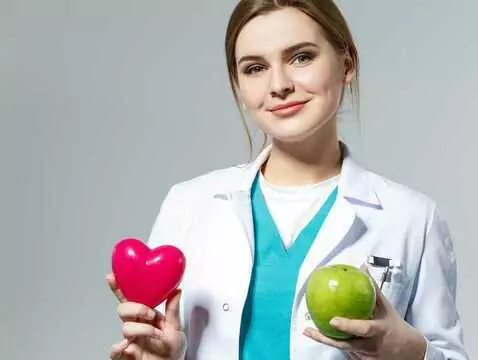There are some people who are simply attractive. Some people exude 'that something' and this does not necessarily have to do with outward appearance, an impeccable figure or a perfect complexion. Of course, there are a number of behaviours that increase our sexual attractiveness, with psychology and body language playing a significant role. However, there are certain factors that are evolutionarily programmed, of which we are not fully aware - they happen at a subconscious level, but have a considerable impact on the perception of potential partners.
Fortunately, taste is not negotiable - if we all wanted the same things in a relationship and wanted our partners to look and behave alike, matching people and couples would be impossible. But science shows that it is not all about our controlled tastes, and evolution and biology change much more slowly than beauty and fashion canons. Therefore, it is worth taking a look at what our sexuality looks like from a scientific point of view and what makes us incapable of being indifferent towards certain people.
Scent
Many women and men spend a lot of money on perfumes and eau de toilette, one of whose tasks is to make us smell more attractive. The paradox is that all these cosmetics... mask our natural scent, which is supposed to attract potential partners.
Karl Grammer and Elizabeth Oberzaucher, researchers studying the relationship between scent and sexuality, discovered that when women are ovulating, they secrete pheromones called copulins. Although 'pure' copulins resemble ... rancid butter, however, when a man smells a small amount of them, his testosterone levels rise.
Also, therapist Laura Berman argues that science and evolution play a bigger role in the perception of attractiveness than we think. According to her, we are consciously able to distinguish around 10,000 scents, but there are a whole host of those existing at a subconscious level that we are not even aware of inhaling. In one study conducted by Dr Berman, women were tasked with sniffing men's T-shirts. They found that they liked the scents of those men whose major tissue capability (MHC) system differed from their own. The MHC is a collection of genes linked to the immune system. This shows that we subconsciously want to enter into physical relationships with people whose immune system differs from our own, which can be explained by ensuring a functioning immune system for offspring.
Voice
Professor Gordon Gallup of New York University asked 10 men to rate 10 female voices in terms of attractiveness. Several recordings were collected from the same women, but at different phases of the menstrual cycle. The men almost unanimously indicated that high-pitched voices suited them more . Here again, ovulation comes into play - during ovulation, the body produces more oestrogen, raising the tone of voice. Thus, at a subconscious level, men chose a message indicative of fertility.
Facial features
It is difficult to say what really distinguishes a beautiful face from the average, but several researchers have come close to covering this phenomenon.
Psychologist Lisa DeBruine of the University of Aberdeen claims that women's faces appear more beautiful during ovulation because they look healthier then.
Another factor indicating attractiveness is symmetry. Dr Kendra Schmid of the Nebraska Medical Centre found an equation to help find the perfect face. She used 29 different measurements to calculate attractiveness from 1 to 10. In her opinion, the ratio between the length and width of the face should be exactly 1.6.

photo: panthermedia
Although the perfect face does not exist, it turns out that among celebrities the highest ratio can be boasted by (not surprisingly) Brad Pitt, who, according to her formula, received a score of 9.3 in the overall assessment of symmetry of features. Most people fall between 4 and 6; the researcher was unable to find anyone with perfect proportions.









